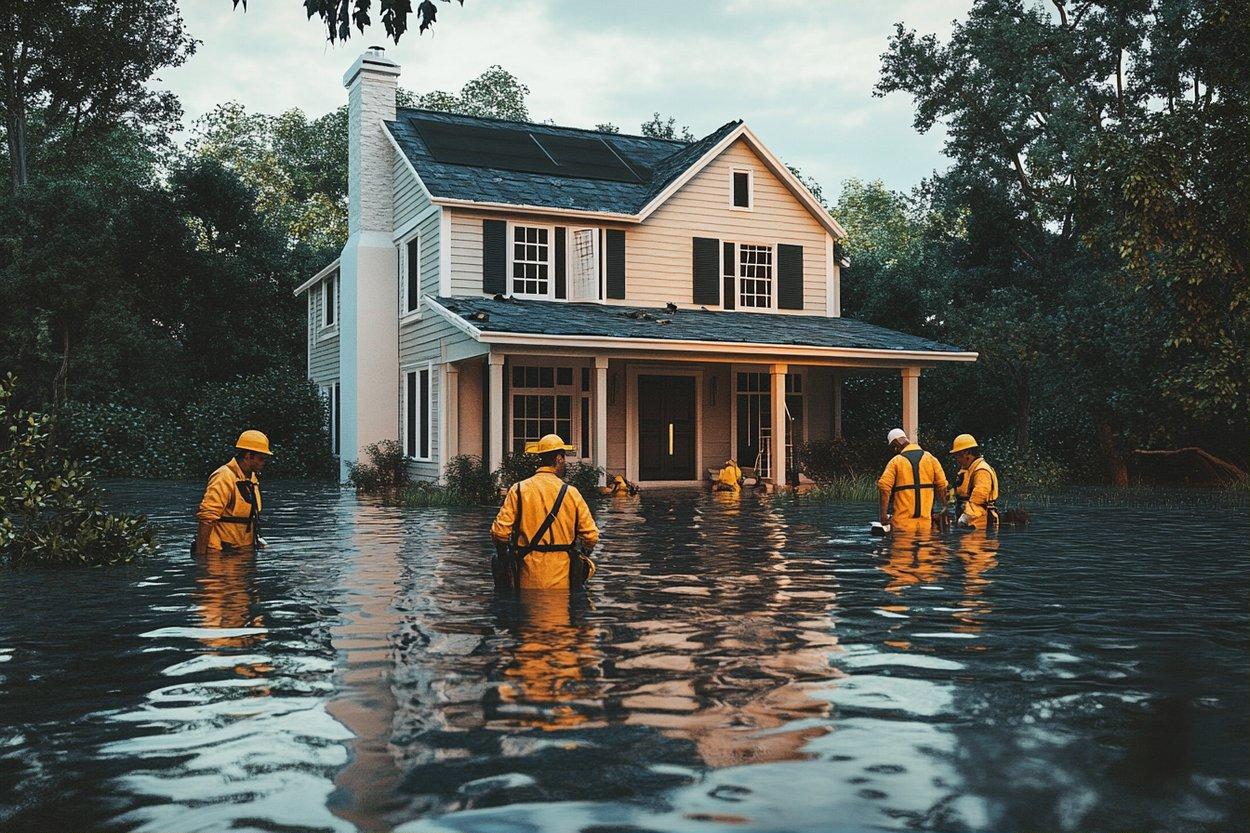Emergency Cleaning Services: Responding to Water, Fire, and Biohazard Damage
When disaster strikes, immediate action is crucial to mitigate damage and restore safety to your home or business. Emergency cleaning services specialize in addressing critical situations such as water damage, fire damage, mold infestations, and biohazard contamination. These professional teams are equipped to handle a wide range of emergencies, providing rapid response and expert solutions to minimize long-term consequences and protect both property and health.

What steps are involved in fire damage restoration?
Fire damage restoration is a complex process that requires immediate attention. Emergency cleaning teams begin by securing the property and assessing the extent of damage. They remove soot and smoke residue from surfaces using specialized cleaning agents and techniques. The restoration process includes addressing water damage from firefighting efforts, deodorizing the space to eliminate smoke odors, and repairing or replacing damaged structures and materials. These services also coordinate with insurance companies to streamline the restoration process.
Why is professional mold remediation essential?
Mold can develop rapidly in damp environments, often following water damage incidents. Professional mold remediation is crucial because mold can pose serious health risks and cause structural damage if left unchecked. Emergency cleaning services use advanced detection methods to identify mold growth, even in hidden areas. They employ containment strategies to prevent spore spread during removal and utilize specialized equipment like HEPA vacuums and air scrubbers to thoroughly clean affected areas. Professionals also address the underlying moisture issues to prevent future mold growth.
How do emergency cleaning services handle biohazard situations?
Biohazard situations, such as crime scenes, sewage backups, or chemical spills, require specialized cleaning and decontamination procedures. Emergency cleaning teams are trained to handle these sensitive situations safely and discreetly. They use personal protective equipment (PPE) and follow strict protocols for the removal and disposal of hazardous materials. These professionals employ hospital-grade disinfectants and sanitizers to thoroughly clean and decontaminate affected areas, ensuring that spaces are safe for occupancy.
What factors influence the cost of emergency cleaning services?
The cost of emergency cleaning services can vary significantly based on several factors. The type and extent of damage play a major role in determining the price. For instance, large-scale water damage or extensive fire restoration will generally be more expensive than smaller, localized incidents. The size of the affected area, the level of contamination, and the need for specialized equipment or treatments also impact the overall cost. Additionally, the urgency of the situation may affect pricing, as 24/7 emergency response services might come at a premium.
| Service Type | Average Cost Range | Factors Affecting Cost |
|---|---|---|
| Water Damage Restoration | $1,000 - $5,000 | Extent of damage, size of area, water type |
| Fire Damage Restoration | $3,000 - $30,000 | Fire severity, smoke damage, size of property |
| Mold Remediation | $500 - $6,000 | Extent of mold growth, affected materials |
| Biohazard Cleanup | $1,000 - $10,000 | Type of biohazard, contamination level, area size |
Prices, rates, or cost estimates mentioned in this article are based on the latest available information but may change over time. Independent research is advised before making financial decisions.
Emergency cleaning services play a vital role in disaster recovery and maintaining safe, healthy environments. These professionals offer expertise in handling a wide range of critical situations, from water and fire damage to mold infestations and biohazard contamination. Their rapid response capabilities, specialized equipment, and comprehensive approach to restoration make them essential in minimizing damage and facilitating a quick return to normalcy. While the costs associated with these services can be significant, their intervention often proves invaluable in preventing more extensive damage and potential health hazards in the long run.






